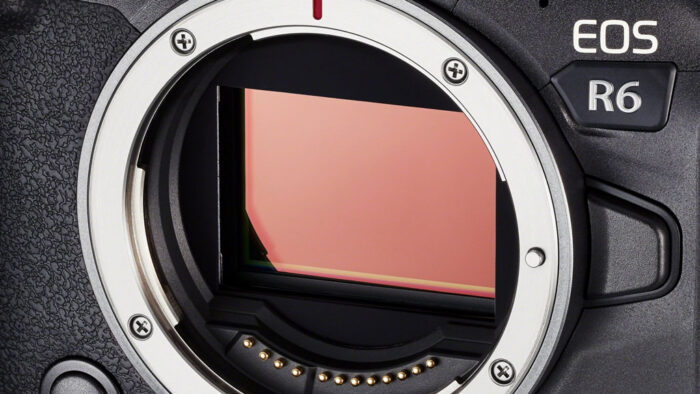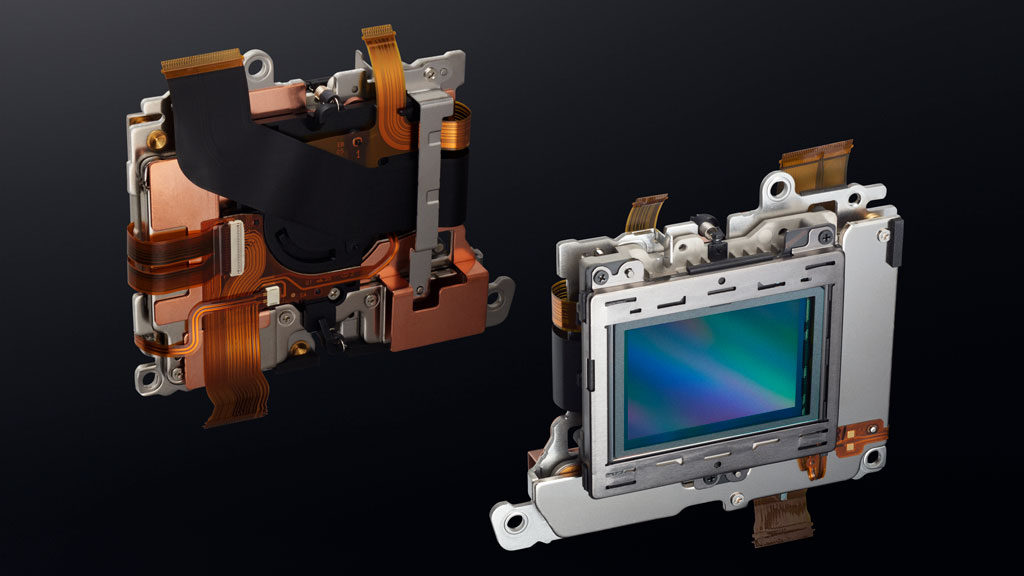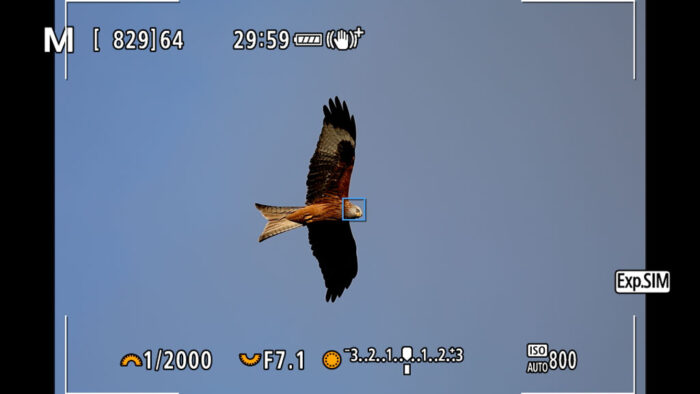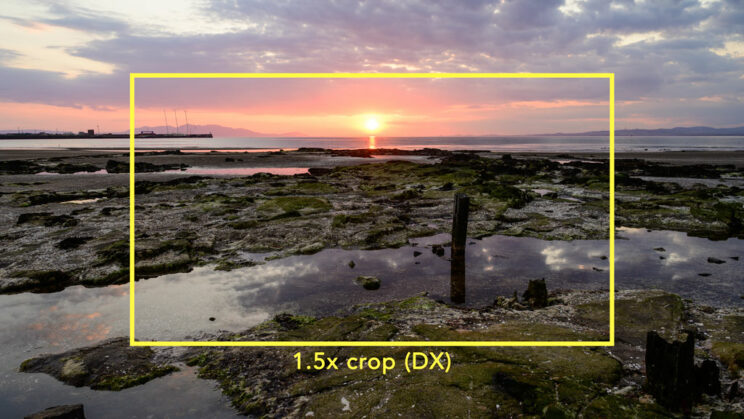
The Nikon Z6 II and Canon Eos R6 are two full frame mirrorless cameras that pack a lot of features. They certainly share a few similarities, including in-body image stabilisation, hybrid autofocus and 4K 60p video, but once we analyse the specifications a bit closer, there are small yet important differences we need to highlight.
The Nikon Z6 II features a 24.5MP sensor, whereas the R6 has about 20% less resolution at 20.1MP. Both cameras have a low pass filter, whereas only the Nikon sensor has a BSI design (back-illuminated). The latter, on paper, provides better light gathering which can improve the quality when it comes to dynamic range and high ISO.

Both cameras have image stabilisation, with a 5-axis mechanism that moves the sensor to compensate for camera shakes. It works in photo and video mode.
The Z6 II has a rating of 5 stops (CIPA), which is the average you find on many mirrorless cameras including the Sony A7 series. It is the same mechanism found on the original Z6, and allows you to take images hand-held around 1s if you have the patience to find a comfortable position and take multiple shots to make sure one is perfectly sharp.
Both systems work in conjunction with optical stabilisation when a compatible stabilised lens is attached. The R6 uses three axes on the sensor (roll, x and y) and the remaining two axes on the lens (pitch and yaw). The Z6 II uses 1 axis on the sensor (roll) and two on the lens.

Both cameras feature on-sensor phase detection AF points. The Z6 has 273 points that cover 90% of the sensor area.
Concerning the sensitivity in low light, the Z6 II has an advantage if you activate the Low Light AF mode, which is slower but can focus in darker conditions.

Both cameras can record 4K video up to 60p, whereas in Full HD they can go up to 120p.
The Z6 II uses the entire width of the sensor and over-samples from a 6K region up to 30p. At 50 and 60p however, a 1.5x crop is applied to the sensor.
Concerning audio, both cameras offer a 3.5mm microphone input and headphone output.
The R6 delivers excellent video quality with fast and reliable autofocus and a good range of formats to choose from. The only limit is overheating, which is not as dramatic as it was once believed (also thanks to firmware updates) but it can definitely slow down your production day.

The Canon model is slightly bigger and has a larger front grip, whereas the Nikon is a bit taller. The two remain very similar overall when it comes to dimensions and weight. They are dust and moisture resistant, and feature a magnesium alloy frame.
The Nikon Z6 II and Canon R6 are two very competitive full-frame cameras on the market today, and I admit that if I were to choose between the two, I would not be able to make a decision quickly. If we dig deeper, we find a number of differences that could lead you towards one or the other.
The image quality is very similar, with the Nikon packing a few more megapixels. They have excellent autofocus performance, with perhaps the R6 having a small advantage thanks to features such as animal subject detection that is more complete in terms of the number of animals the camera can recognize. The Canon also has the advantage of a faster burst speed when using the electronic shutter.
If you don’t mind using an external recorder, then the Nikon is the only one with 12-bit RAW video options, as long as you’re fine with sending the camera to Nikon’s Repair Service for a fee.
The two are different in their own way when it comes to design and ergonomics, but they both offer solutions that I really like in terms of the button layout. Another advantage of Canon is that it uses the same type of card for both slots.
Monday – Saturday:
11:30 AM – 9pm
Copyright © 2025. All Rights Reserved.
Website Powered By DABBS Solutions Pvt. Ltd.
Social Chat is free, download and try it now here!